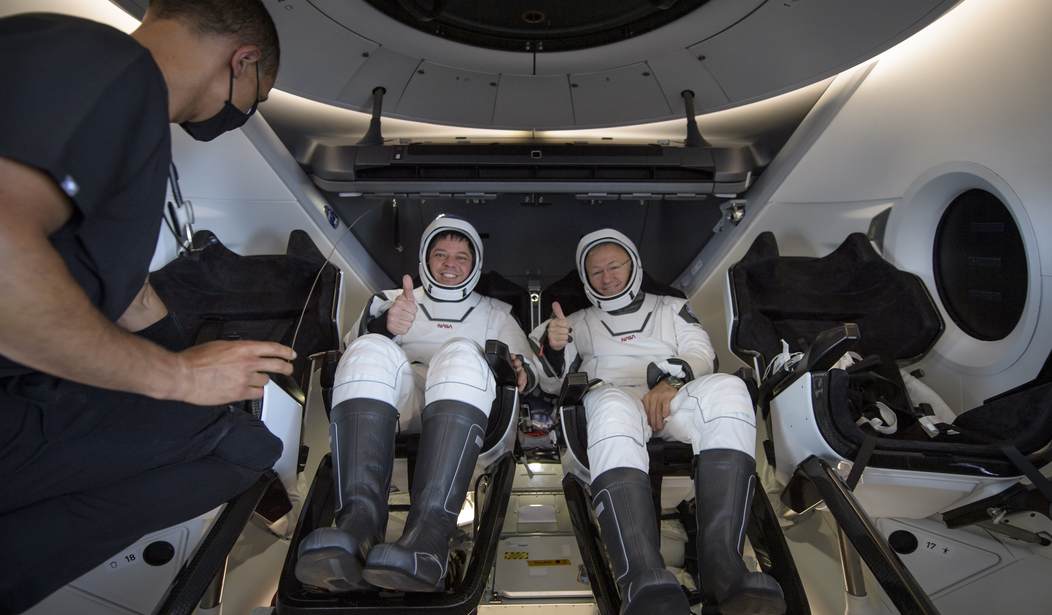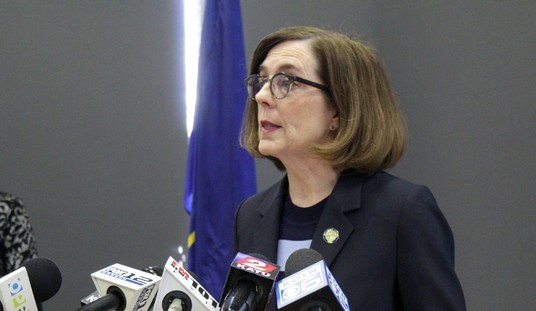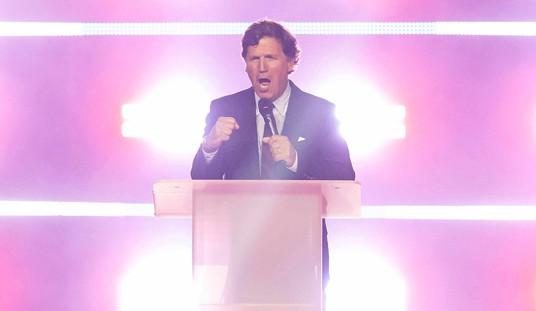Earlier this month, when we watched Boeing launch its first Starliner spacecraft into orbit carrying two NASA astronauts, it was a rather exciting event. Boeing was the first commercial company to pose any sort of challenge to Elon Musk's SpaceX program, carrying cargo and passengers to the International Space Station. However, the excitement quickly turned to concern when Boeing announced that the vessel had developed a helium leak. Then, after achieving orbit, the vessel exhibited some sort of a "glitch" with its thrusters, making it unable to successfully dock with the ISS on the first attempt. The astronauts were eventually delivered, but the mission's return flight, originally scheduled for a week later, was delayed multiple times. Now, three weeks later, it has been delayed yet again. Will they be able to bring those astronauts back to Earth safely? (Space.com)
The return to Earth of Boeing's Starliner capsule will be delayed a few more days due to thruster troubleshooting and a scheduled spacewalk.
NASA announced today (June 18) that Starliner will conclude its first human mission to the International Space Station (ISS) no earlier than June 26, nearly three weeks after it launched. Landing that day is scheduled to occur at White Sands Space Harbor in New Mexico at 4:51 a.m. EDT (0851 GMT). We'll carry it live here at Space.com, via NASA Television.
The two-astronaut mission, known as Crew Flight Test (CFT), was originally supposed to spend about a week at the ISS, but its ISS departure has been pushed back considerably. NASA and Boeing are using the extra time to continue evaluating thruster issues that interfered with Starliner's first ISS docking attempt on June 6.
NASA is now saying that after a number of tests were performed, everyone is feeling "very confident." But apparently not confident enough to attempt the return trip just yet. The Starliner has 28 thrusters installed, but thanks to redundancy in the design, not all of them are required to operate successfully. Yet on their approach, five of the thrusters failed. Four of the five were later restored to service but one will remain offline for the return voyage. Also, the helium leak has at least been "partially addressed."
There seems to be a pattern developing here. The last Starliner mission, an automated one without a crew onboard, took place in May. That flight also experienced thruster failures and did not succeed in docking with the ISS on the first try. This is potentially a big deal. Those thrusters are just as important during reentry as they during takeoff and docking. The vehicle has to be positioned at precisely the correct angle when it reenters the atmosphere. If the angle is too shallow they could "bounce" off go in an unpredictable direction. If it is too steep, the velocity could exceed the maximum safe limits and they could burn up on the way down.
This was Boeing's first foray into commercial space delivery services. Given all of the issues the company has been having with its commercial airliners recently and the testimony offered by whistleblowers, people are obviously going to be raising questions. First they experienced blowouts and pieces falling off of their 737 Max aircraft. Now they are seeing helium leaks and failing thrusters on their Starliner. Is this simply a run of bad luck, or does Boeing have more serious safety and inspection problems than they have admitted to?
We should probably cut Boeing some slack here, however. Going into space is hard. Just ask Elon Musk. He blew up a large number of rockets before finally getting his Dragon capsules to the point where he could reliably deliver crews and cargo into orbit and safely return. Starliner's trip to the ISS ran into some glitches, but they eventually made it. Boeing's first priority needs to be getting those astronauts safely back to the landing pad. Then they can do some additional testing, make whatever changes are needed, and try again.








Join the conversation as a VIP Member